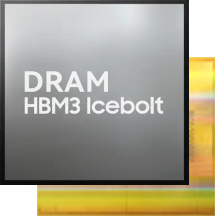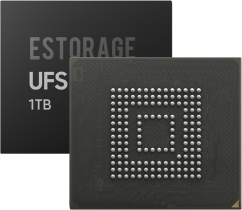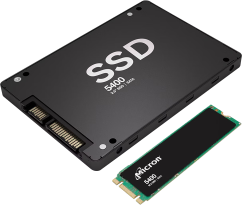The Qualcomm QCA9886 is a Wi-Fi 5 (802.11ac) Wi-Fi SoC (System on Chip) with integrated Gigabit Ethernet support, commonly used in routers, access points, and other wireless networking devices. It provides high-performance dual-band (2.4 GHz and 5 GHz) Wi-Fi with MU-MIMO, beamforming, and advanced QoS features, designed for high-speed wireless networking in home and small business environments.
If you're looking for equivalent ICs to the Qualcomm QCA9886, you'd want alternatives that offer Wi-Fi 5 (802.11ac) capabilities, dual-band support, Gigabit Ethernet, MU-MIMO, and Beamforming features. Here are some alternatives:
1. Broadcom BCM43684
Wi-Fi Standard: Wi-Fi 5 (802.11ac)
Bands: Dual-band (2.4 GHz and 5 GHz)
Features:
MU-MIMO support for multiple device simultaneous communication.
Beamforming for improved signal strength and range.
Gigabit Ethernet support for high-speed wired connections.
Supports QoS and band steering for improved user experience.
Applications: Used in routers, gateways, mesh Wi-Fi systems, and other high-performance wireless devices.
Advantages: Broadcom is a leading provider of wireless chipsets, known for high performance and reliability in consumer-grade networking products.
2. MediaTek MT7615
Wi-Fi Standard: Wi-Fi 5 (802.11ac)
Bands: Dual-band (2.4 GHz and 5 GHz)
Features:
Supports Gigabit Ethernet and features QoS, MU-MIMO, and beamforming.
Designed for high-performance home routers and access points.
Energy-efficient design with integrated power-saving features.
Applications: Typically found in Wi-Fi routers, mesh systems, and home Networking Equipment.
Advantages: MediaTek’s solutions are popular for their cost-effectiveness and solid feature set for home and small business networks.
3. Realtek RTL8814AU
Wi-Fi Standard: Wi-Fi 5 (802.11ac)
Bands: Dual-band (2.4 GHz and 5 GHz)
Features:
Provides MU-MIMO and beamforming for enhanced performance.
Gigabit Ethernet support, suitable for high-speed wired and wireless networks.
Enhanced QoS and band steering capabilities for efficient wireless management.
Applications: Found in routers, access points, and home networking devices.
Advantages: Realtek is known for affordable, reliable Wi-Fi solutions, making this a solid choice for consumer-grade devices.
4. Qualcomm QCA9984
Wi-Fi Standard: Wi-Fi 5 (802.11ac)
Bands: Dual-band (2.4 GHz and 5 GHz)
Features:
Supports MU-MIMO, beamforming, and QoS.
Offers integrated Gigabit Ethernet connectivity.
Enhanced wireless throughput and range capabilities, ideal for home and small office networks.
Applications: Used in high-performance routers, access points, and mesh Wi-Fi systems.
Advantages: As a Qualcomm product, it offers excellent compatibility with a wide range of networking devices and features.
5. Broadcom BCM43602
Wi-Fi Standard: Wi-Fi 5 (802.11ac)
Bands: Dual-band (2.4 GHz and 5 GHz)
Features:
Supports MU-MIMO, beamforming, and high-speed Ethernet.
Optimized for QoS and traffic management in busy wireless environments.
Applications: Typically used in routers, wireless access points, and mesh networks.
Advantages: Broadcom is known for producing reliable and high-performance Wi-Fi chipsets with strong range and throughput capabilities.
6. MediaTek MT7613
Wi-Fi Standard: Wi-Fi 5 (802.11ac)
Bands: Dual-band (2.4 GHz and 5 GHz)
Features:
Supports Gigabit Ethernet, beamforming, and MU-MIMO.
Designed for high-speed wireless routers and gateways.
Applications: Found in consumer networking products like routers and mesh systems.
Advantages: MediaTek offers competitive pricing while maintaining strong feature sets for consumer wireless devices.
7. Qualcomm QCA9982
Wi-Fi Standard: Wi-Fi 5 (802.11ac)
Bands: Dual-band (2.4 GHz and 5 GHz)
Features:
MU-MIMO and beamforming technologies.
Gigabit Ethernet support for wired high-speed connectivity.
Applications: Used in routers, wireless access points, and mesh Wi-Fi systems.
Advantages: A Qualcomm solution known for high throughput, reliability, and compatibility with a wide range of home and small business networking devices.
8. Qualcomm QCA9558
Wi-Fi Standard: Wi-Fi 5 (802.11ac)
Bands: Dual-band (2.4 GHz and 5 GHz)
Features:
Supports Gigabit Ethernet and MU-MIMO.
QoS, beamforming, and power management features for efficient networking.
Applications: Found in home routers, mesh networks, and small business networking devices.
Advantages: Qualcomm’s established reputation in the networking industry ensures strong integration with consumer and enterprise-grade networking solutions.
Key Considerations:
Wi-Fi 5 (802.11ac): All of these alternatives offer Wi-Fi 5 support with dual-band capabilities (2.4 GHz and 5 GHz) for efficient wireless operation.
Gigabit Ethernet: Most of the alternatives, like the QCA9886, integrate Gigabit Ethernet support for high-speed wired networking.
MU-MIMO and Beamforming: Many of these alternatives, like the QCA9886, offer MU-MIMO and beamforming for improving multi-device performance and range.
QoS and Band Steering: Features such as Quality of Service (QoS) and band steering are common across these solutions, ensuring efficient distribution of network traffic in busy environments.
Conclusion:
The Qualcomm QCA9886 is a dual-band Wi-Fi 5 (802.11ac) chip with MU-MIMO, beamforming, Gigabit Ethernet, and QoS support, primarily used in high-performance routers, access points, and mesh systems. Equivalents from other manufacturers include Broadcom BCM43684, MediaTek MT7615, Realtek RTL8814AU, Qualcomm QCA9984, and Marvell 88W8997. These alternatives provide similar features like dual-band Wi-Fi, Gigabit Ethernet, MU-MIMO, beamforming, and advanced traffic management capabilities, making them suitable for similar applications in home and small business networking environments. Your choice would depend on factors such as cost, performance requirements, and desired features for specific networking devices.
Other

What is HBM (High Bandwidth Memory)?
2024.09.05
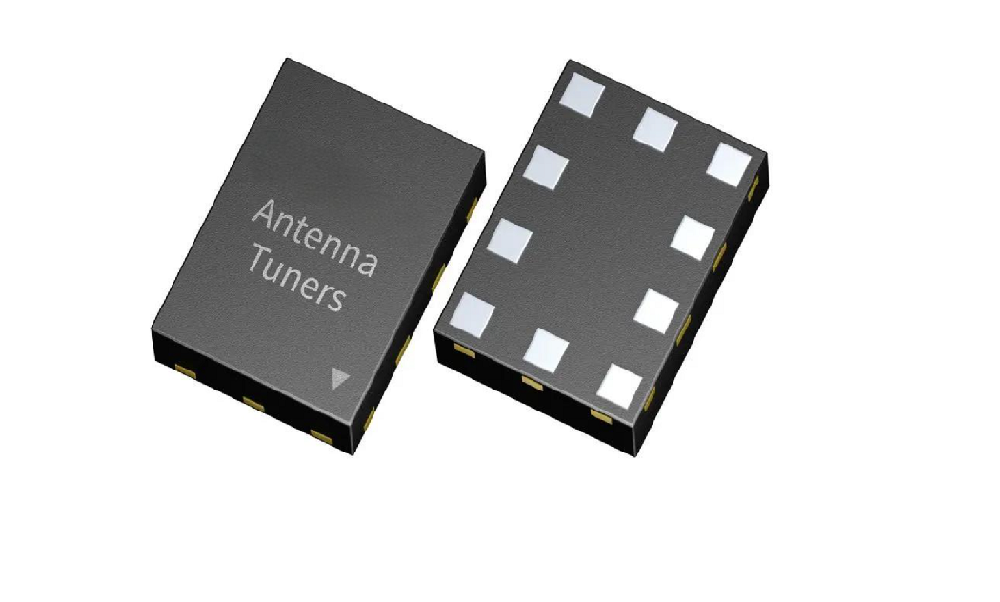
What is Antenna Tuner IC?
2024.09.20
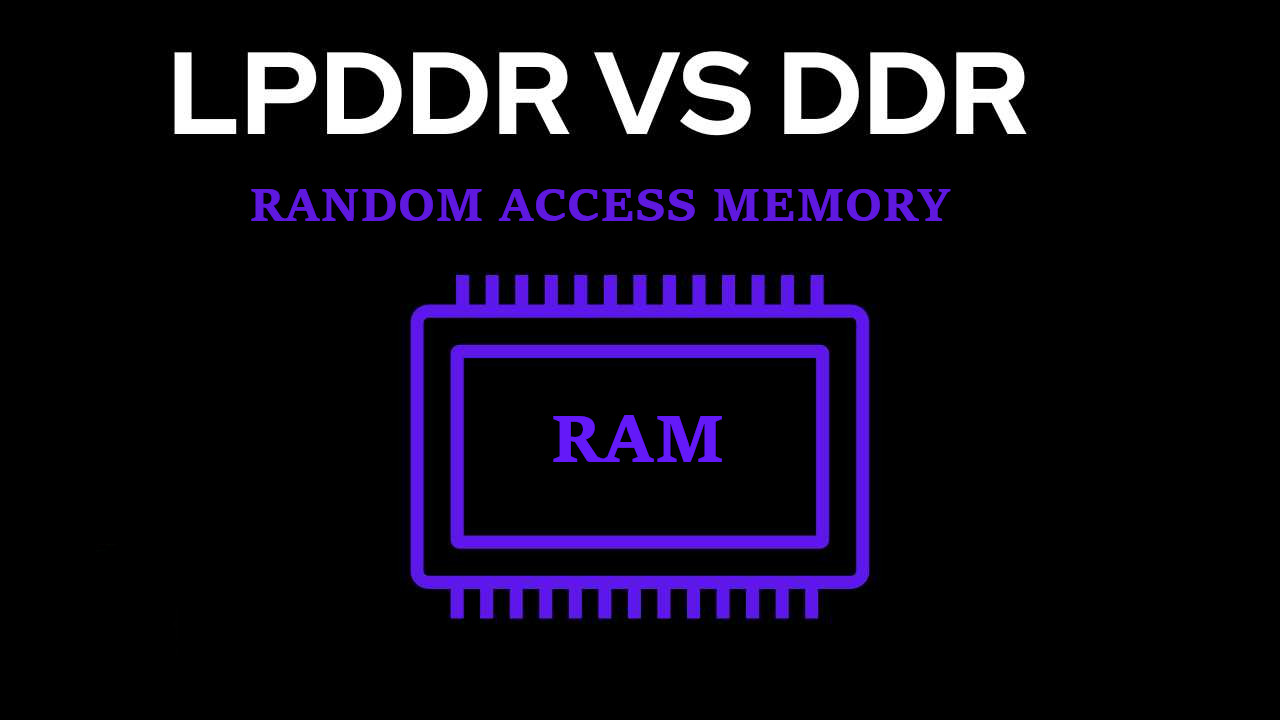
What’s the Difference between LPDDR and DDR?
2024.09.25
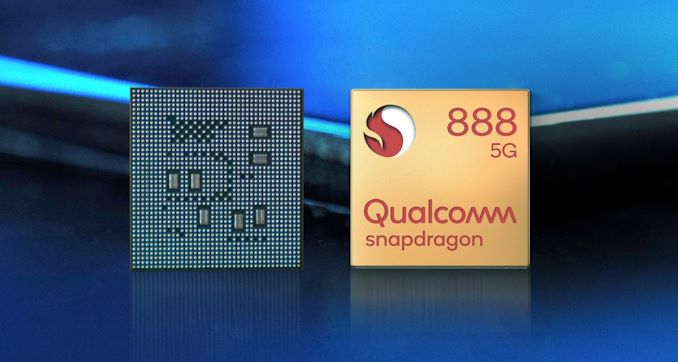
Snapdragon 888 5G Mobile Platform
2024.09.26
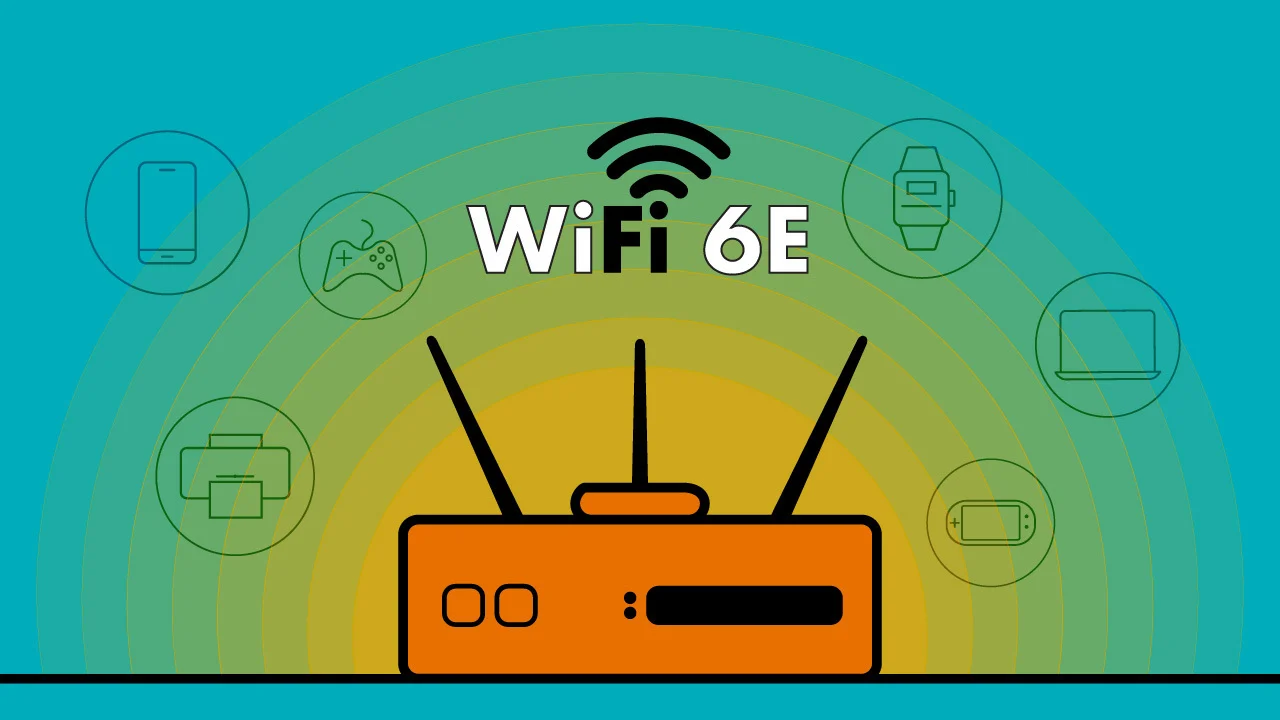
What is WiFi 6E?
2024.09.26
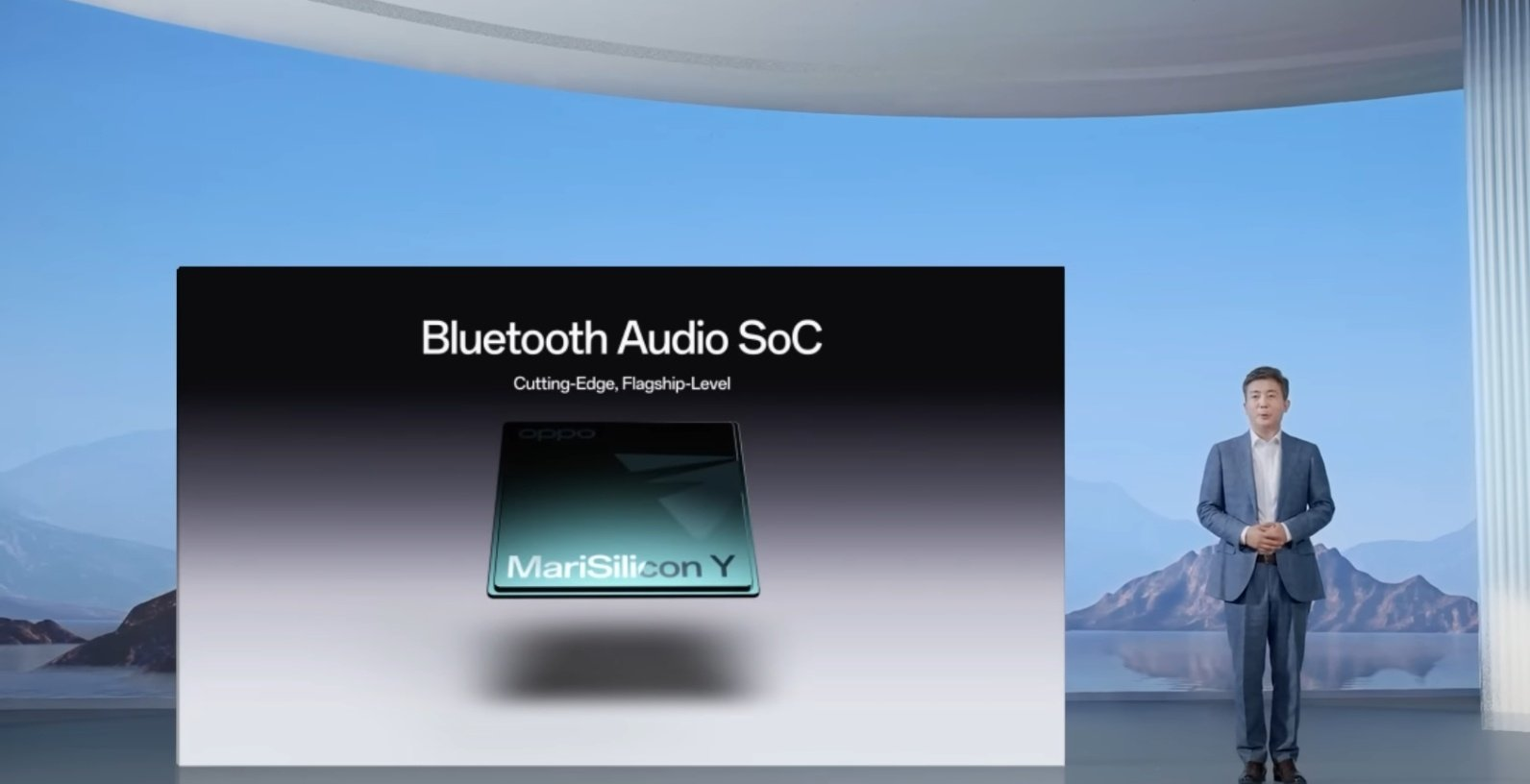
What is Bluetooth Audio SoC?
2024.09.26

What's HBM3E (High Bandwidth Memory 3)?
2024.09.26

What is an Audio Codec?
2024.10.09


